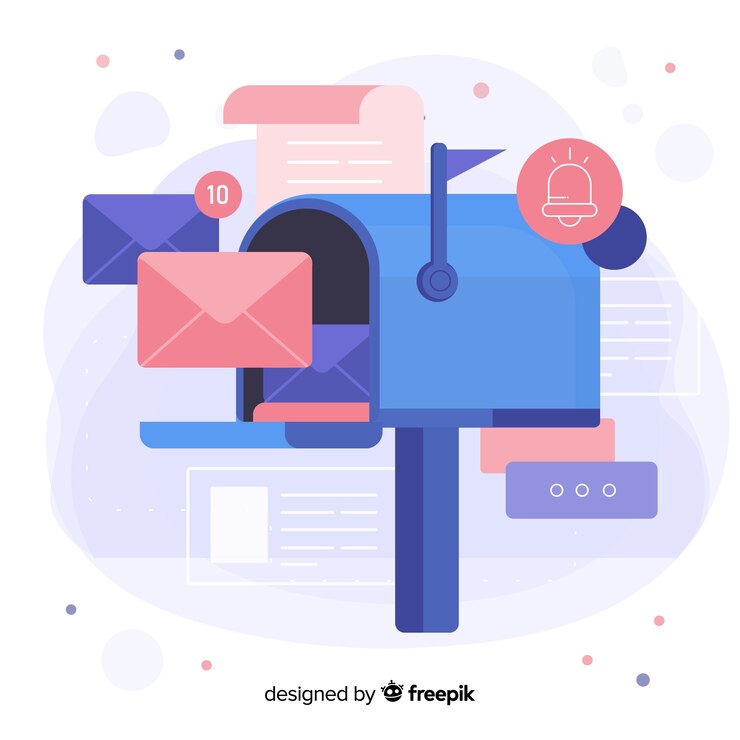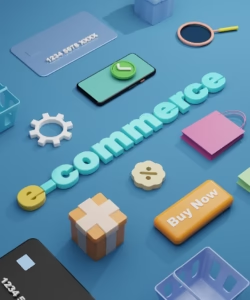Email marketing is one of the most powerful tools for engaging with and learning about your customers. Among its many strategies, and email drip campaigns among others stand out for their effectiveness and simplicity.
Drip campaigns are automated emails sent based on specific actions or schedules, helping you nurture leads, onboard new customers, or even turn occasional buyers into loyal ones. Whether it’s a series of welcome emails or reminders to complete a purchase, drip campaigns allow businesses to maintain meaningful and personalized communication without manual effort.
By the end, you’ll have a complete understanding of how to use email drip campaigns to boost customer engagement and improve marketing results.
What is an Email Drip Campaign?
An email drip campaign, also known as automated marketing or an automated email campaign, is a sequence of pre-written emails sent automatically to recipients based on specific triggers or schedules. The goal of a drip campaign is to deliver tailored and timely content to the right person, fostering engagement and driving desired actions like purchases or sign-ups.
For instance, someone who subscribes to your mailing list might receive a welcome email, while a visitor lingering on your products page without purchasing might get a follow-up email highlighting benefits or pricing details.
A drip campaign shouldn’t be confused with mass email blasts. While mass emails target a broad audience, drip campaigns are strategic and personalized, ensuring each message aligns with the recipient’s journey and needs.
The concept of “drip” mirrors the steady release of content over time, akin to a slow, purposeful drip of water. When done correctly, drip campaigns build trust, nurture leads, and drive conversions efficiently.
Benefits of an Email Drip Campaign
Email drip campaigns offer numerous advantages when implemented effectively. They allow businesses to stay connected with customers through consistent, targeted communication, building engagement and trust over time.
1. Better Customer Engagement:
Drip campaigns foster personalized communication, making customers feel valued and understood. Targeted emails sent to their inbox create a connection that can significantly boost engagement and lifetime customer value.
2. Lead Nurturing:
By delivering relevant information at key stages, drip campaigns guide prospects through the sales funnel, addressing their questions and encouraging informed purchasing decisions.
3. Increased Brand Awareness:
Regular emails keep your business top-of-mind, making it easier for customers to refer your brand and engage in word-of-mouth promotion.
4. Recovery of Abandoned Carts:
Automated reminders for customers who leave items in their cart can nudge them toward completing purchases, driving sales with minimal effort.
5. Reengagement of Inactive Contacts:
Targeted campaigns for disengaged subscribers, such as “We miss you!” emails, can revive interest and turn passive leads into active customers.
6. Improved Customization:
Drip campaigns can be tailored using customer demographics and behavior, improving relevance and fostering deeper connections. Insights from these campaigns can further enhance future personalization.
7. Automatic Progression Through the Sales Funnel:
Drip emails provide timely, non-intrusive information that aligns with the buyer’s journey, reducing the need for aggressive sales tactics.
8. Higher Efficiency:
Pre-designed and automated, drip campaigns save time and effort, allowing you to focus on other areas of your business while delivering results effortlessly.
Types of Email Drip Campaigns
Here are key types of drip campaigns businesses can use to engage, convert, and retain customers:
1. Welcome Emails
Introduce new subscribers to your brand, set expectations, and create a positive first impression. Adding a discount code or incentive can enhance engagement.
2. Onboarding Emails
Provide detailed, hands-on guidance about your business or product. These emails highlight your unique value, offer support contacts, and outline next steps to maximize customer success.
3. Shopping Cart Abandonment Emails
Automatically remind customers of items left in their cart, encouraging them to complete their purchase with gentle nudges or exclusive offers.
4. Subscription Renewal Emails
Ensure seamless subscription renewals by reminding customers ahead of time. Include a thank-you note and easy unsubscribe options to maintain trust.
5. List-Building Emails
Encourage website visitors to subscribe to your mailing list, targeting those most likely to engage with your brand’s content.
6. Reengagement Emails for Dormant Users
Reignite interest among inactive users with tailored prompts, special offers, or requests for feedback, helping you understand and address their needs.
Each drip campaign serves a specific purpose, delivering timely, relevant content to guide customers along their journey.
How to Create an Email Drip Campaign: Step-by-Step Guide
- Identify Your Audience and Triggers
Start by defining who your campaign is targeting. Segment your audience into specific groups based on actions (e.g., signing up for a newsletter, abandoning a shopping cart) or demographics (e.g., birthdays, location). The triggers should align with these segments, such as sending a welcome email after signup or offering a discount when a cart is abandoned. The more personalized your campaign, the more effective it will be. - Determine Your Goal
Clearly outline what you want to achieve. Use the SMART framework—Specific, Measurable, Attainable, Relevant, Time-based—to set focused goals. For example, your campaign might aim to reengage dormant users, drive more sales, or onboard new customers. A well-defined goal ensures your emails are purpose-driven and aligned with your overall marketing strategy. - Write Your Email
Create engaging email content that grabs attention and motivates action. Ensure the tone aligns with your brand and addresses your audience’s needs or pain points. Include a clear call-to-action (CTA) that guides recipients toward the next step, like purchasing a product or signing up for a webinar. Each email in your sequence should build on the previous one to tell a cohesive story. - Plan Your Campaign
Map out the entire campaign from start to finish. Decide:- Who: Which audience segments will receive the emails?
- Why: What is the goal of each email?
- What: What is the sequence of messages and the timing between them?
- How: Are the triggers and messages aligned?
A structured plan helps keep the campaign organized and ensures a seamless customer journey.
- Launch Your Campaign
Use a reliable email marketing platform or automation software to set up and schedule your emails. Automation tools enable you to predefine triggers, such as sending an email immediately after a user signs up, ensuring timely and efficient delivery without manual intervention. - Analyze the Campaign
Track the campaign’s performance in real-time and after completion. Key metrics like open rates, click-through rates (CTR), and conversions reveal what’s working. Tools like Google Analytics with UTM parameters can provide deeper insights into link performance. Use this data to optimize future campaigns by refining your message, timing, or segmentation.
By carefully planning and monitoring your campaign, you can build trust, engage customers, and achieve your marketing objectives.
Best Practices for Optimizing Email Drip Campaigns
- Segment and Personalize: Divide your audience into segments based on demographics, behaviors, or interests to tailor campaigns effectively, addressing their specific needs and preferences.
- Align with the Customer Journey: Understand where your audience is in their journey and craft campaigns that meet their needs—introducing your brand, offering recommendations, or addressing pain points.
- Use Clear, Engaging Content: Write concise, audience-focused emails that avoid jargon. Test subject lines, messaging, and CTAs through A/B testing for better engagement.
- Time Your Emails Wisely: Balance frequency to avoid overwhelming or losing engagement. Aim for 3–10 emails per campaign, spaced 4 days to 2 weeks apart.
- Continuously Improve: Analyze metrics like open and click rates to refine campaigns and adapt to evolving audience behaviors.
Regular optimization ensures your campaigns remain effective and relevant.
Conclusion
Drip campaigns are a game-changer for customer engagement and re-engagement. With marketing automation, they’re low-effort yet high-impact, boosting email open rates, click-throughs, and ultimately, revenue.
By combining personalization with automation, drip campaigns are a cost-effective way to connect with customers, nurture leads, and drive conversions. The rise of AI takes this even further, offering smarter insights, better timing, and optimized performance in real time.
With multi-channel integration, drip campaigns provide a holistic approach to customer engagement, empowering your marketing strategy to deliver meaningful, measurable results. The future of email marketing is here—and it drips success.
At Dgazelle, we specialize in crafting personalized, high-converting email campaigns that drive results. From drip campaigns to full-scale automation, we’ve got you covered. Let’s transform your strategy today!






